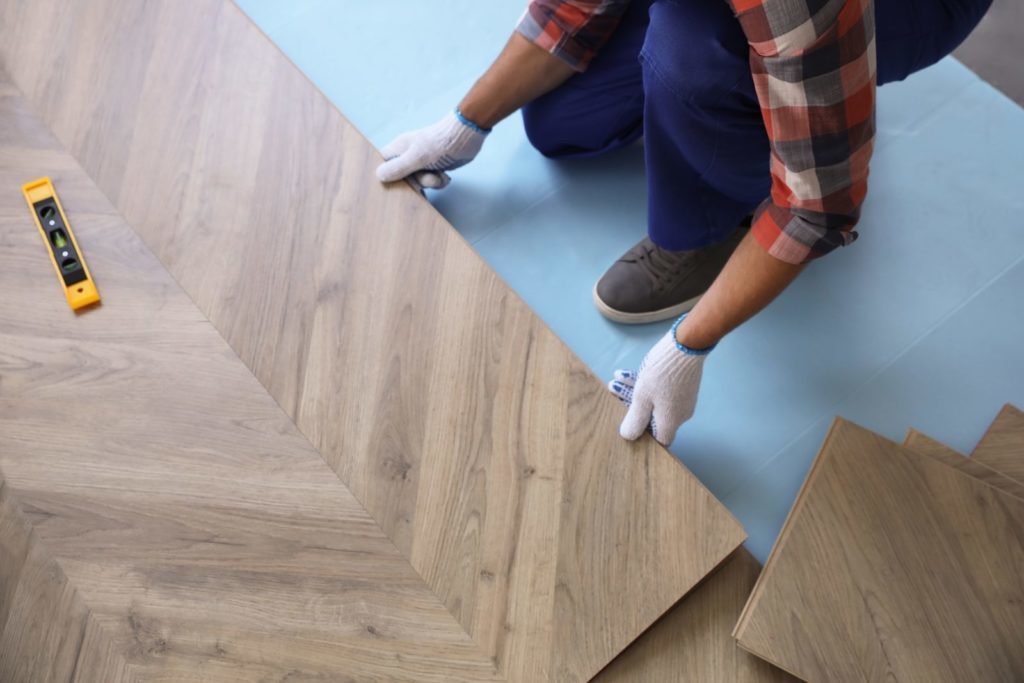
This blog will cover the factors that impact your timeline, how to avoid delays, and what to do if setbacks arise, so your home is ready on time.
A custom home is an investment in quality and timelessness. And while no one wants a rushed job, that doesn’t mean your forever home should take forever to build. The key to faster construction is making informed choices from the outset.
Building delays can drive up costs and turn a dream project into a nightmare. While some factors, like weather or permits, are beyond your control, choosing the right team isn’t. This blog will cover the factors that impact your timeline, how to avoid delays, and what to do if setbacks arise, so your home is ready on time.
Factors that Influence Your Custom Home Timeline
There isn’t a ‘one-size-fits-all’ timeline for a custom home. But ultimately, the timeline will always depend on the factors of your build. Understanding these factors allows you to anticipate potential slowdowns, plan effectively, and take proactive steps to avoid setbacks altogether, ensuring a smoother, faster build
Size of the Project.
A sprawling estate with intricate architectural details will naturally take longer to build than a smaller, straightforward design. The more custom elements involved, the more time it will take.
Permitting and Approvals.
Every city has its own permit process, and some are more efficient than others. Zoning laws, environmental regulations, and historical district requirements are just a few factors that can add weeks and even months to your timeline. Working with an experienced builder who understands local permitting can help streamline the approval process.
Your Builder’s Workload and Coordination.
A great design takes time, but an overextended architect can create bottlenecks in your project. If your builder and architect aren’t aligned on deadlines, design delays can snowball into longer construction timelines.
Change Orders
Making changes mid-build is one of the biggest causes of delays. Adjusting floor plans, swapping materials, or reworking design elements can disrupt timelines, necessitate new permits, or delay orders in the manufacturing queue.
How Homeowners Can Speed Up Custom Home Construction
While some delays are unavoidable, strategic decisions early in the process can keep your project moving forward efficiently. Here’s how to avoid slowdowns and ensure your home stays on track.
Choose the Right Builder
The biggest factor in your timeline is the team you hire. An experienced, well-organized builder can anticipate challenges before they become delays, manage subcontractors efficiently, and keep everything running smoothly.
Hire an Interior Designer Early
An interior designer isn’t just about aesthetics; they help make key decisions on finishes, fixtures, and materials—many of which have long lead times. Bringing a designer on board early ensures selections are made before they impact construction, preventing last-minute delays.
Stick to the Original Design
Making changes mid-build may seem harmless, but even minor adjustments can lead to rework, permit updates, and scheduling setbacks. The more you can commit to the original plan, the more efficiently your home will come together.
Leave Room in the Budget
Unexpected costs are almost inevitable in custom home construction. A contingency budget can prevent financial roadblocks from stalling progress. When budget overruns necessitate design changes or material substitutions mid-project, it often results in additional delays.
What to Do If You Experience Delays
Even with the best planning, delays can happen. How you respond makes all the difference in keeping your project on track.
Have a Contingency Plan
A realistic timeline should always include buffer time for unexpected setbacks. Whether it’s weather, supply chain issues, or permitting delays, building in extra time prevents frustration and helps you adjust without derailing the entire project.
Keep Communication Open
Frequent check-ins with your builder ensure you stay informed about progress and any potential roadblocks. A proactive builder will communicate issues early and offer solutions.
Stay Organized
Delays often stem from missed approvals, late material selections, or permit holdups. Keeping track of deadlines, paperwork, and design choices can prevent unnecessary slowdowns. Work with a builder who has a clear project management system in place to ensure everything moves smoothly.
Work with Experienced Professionals
Not all delays are avoidable, but the right team can minimize them. An experienced builder anticipates problems before they arise, offers contingency solutions, and ensures subcontractors and suppliers are aligned. Choosing a professional company like Accessible Home Builders means fewer surprises and a smoother build.
Contact Accessible Home Builders Today
Here at Accessible Home Builders, we’re proud to say we’ve been building and remodeling homes since 1994. We’ve serviced Rehoboth Beach, Lewes, Selbyville, Millsboro, Georgetown, Laurel, and more communities within Delaware in that time. We work to guarantee a high level of professionalism, dedication, and the use of quality materials to ensure our customers have the homes they deserve.
To get in touch with us, give us a call at our office at 302-663-0464, send us an email at info@accessiblehomebuilders.com or visit us in person at 28412 DuPont Blvd, #103 Millsboro, DE 19966. Follow us on Facebook, Twitter, Linked In, and YouTube to stay updated on what we’re up to next!



